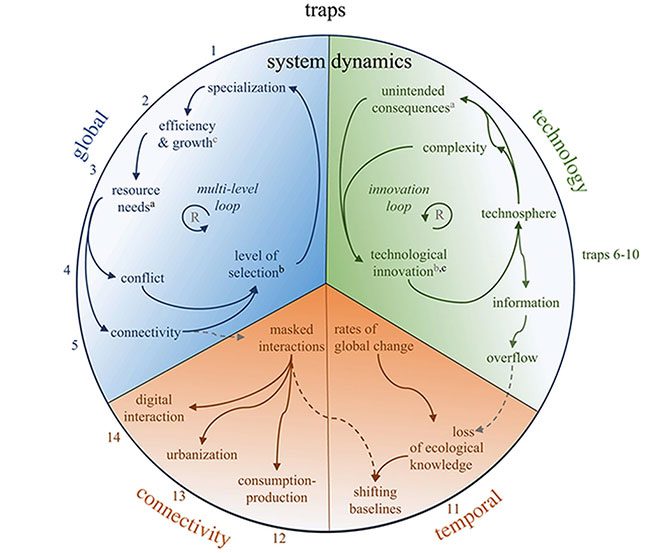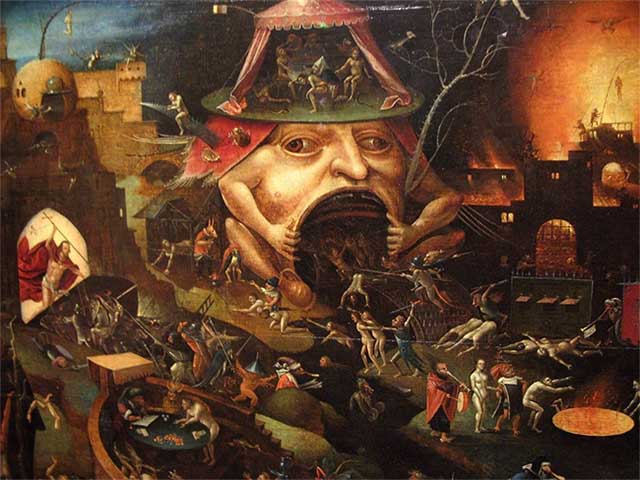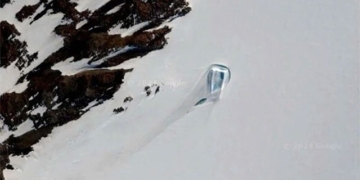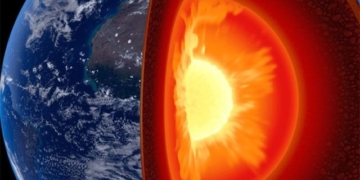Through a scientific lens, the dominance and success of humanity are leading us closer to dangerous consequences, potentially hastening the end of the Anthropocene epoch.
With modern technologies and conveniences continuously emerging around us, it is easy to feel optimistic about the future prosperity of humankind.

Are humans trapped in an “evolutionary trap”? (Illustration: Getty).
However, according to scientists, humanity will soon realize that our success is not guaranteed as a species.
In other words, we are undergoing a phase termed “polycrisis,” where numerous threats ranging from climate change to global pandemics could jeopardize and potentially bring the Anthropocene epoch to an early end.
A new study led by a group of scientists from Stockholm University, Sweden, has outlined 14 different “evolutionary traps” that the global population may be falling into. This could ultimately lead to the extinction of humanity itself.
“Humans are a species with incredible creative capabilities,” stated Peter Søgaard Jørgensen, an anthropologist from Stockholm University. “We can innovate and adapt to many circumstances, but this ability can lead to unforeseen consequences.”

14 interconnected evolutionary traps as described by researchers, believed to potentially lead to human extinction. (Image: Søgaard Jørgensen et al.).
Among the 14 potential evolutionary traps facing humanity, there are 5 types of models considered global, which include: Simplification, growth for growth’s sake, overconsumption, division, and spread.
These models mainly refer to forms that lead to widespread conflict, even globally, such as the emergence of systems that have become too specialized to adapt, or the excessive use of resources that Earth can provide.
The next 5 types are described as technological traps, which include: Closed infrastructure, chemical pollution, existential technology, technological autonomy, and misinformation/disinformation.
These primarily relate to our relationship with the environment due to the rapid advancement of technology, leading to a series of unforeseen harms such as climate change from fossil fuels, nuclear weapons, and technological autonomy…
The final 4 types are described by researchers as structural traps, which include: Short-termism, overconsumption, disconnection from the biosphere, and loss of local social capital.
These types describe a digital world increasingly severing social interactions and potentially contributing to further divisions caused by human selfishness.

The painting ‘Christ in Limbo’ depicting chaos, painted by Hieronymus Bosch. (Image: Wikipedia).
According to Søgaard Jørgensen, “evolutionary traps” are originally a concept known in the animal kingdom. There, their operation is similar to how many insects are attracted to light and rush towards it, which can be seen as an evolutionary reflex that can lead to their demise.
In the modern world, humans also risk responding to emerging phenomena in harmful ways. While this presents a rather bleak picture of humanity, researchers continue to strive to visualize these aspects from modern life.
They argue that although humanity may be shortsighted and is devastating the biosphere as a species on Earth, we are also creative, innovative, and collaborative. This means there is still hope for humanity, that our fate may not yet be determined by “Mother Earth.”
“Nothing is better than exposing oneself to what needs protection,” Søgaard Jørgensen said.


















































